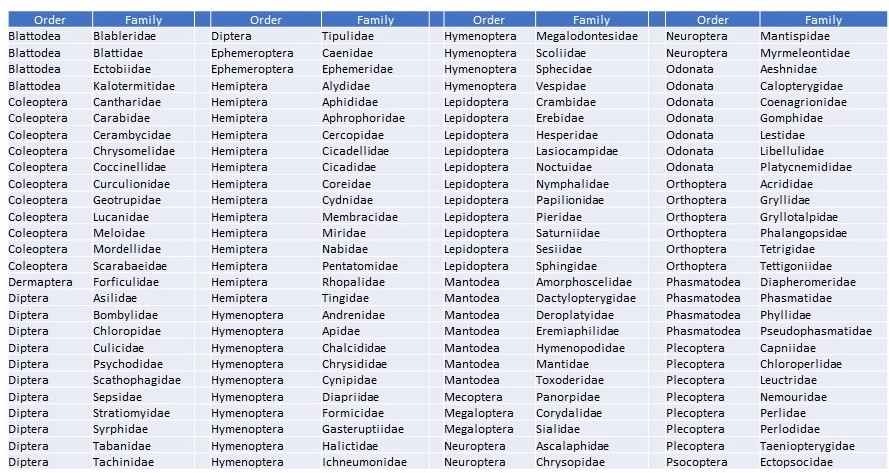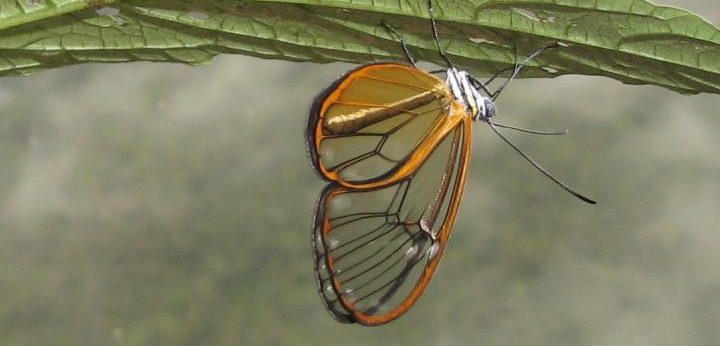In the context of climate change, exploring how structures engage in multiple functions simultaneously (e. g. how skin helps impermeability, resistance to damage, communication, camouflage, and thermoregulation) is crucial as multifunctional traits likely experience conflicting selective pressures and are ideal to reveal functional trade-offs and synergies, understand functional compromises and uncover the constraints that limit species adaptation.
Transparency is rare on land and its functions and evolution remain poorly known. Our work on clearwing Lepidoptera (butterflies and moths) has shown an unprecedented structural diversity at nano, micro and macroscale, and suggested its implication in camouflage and wetting.
Yet, understanding how transparency can be a multifunctional compromise requires exploring how nano/micro/macro scales interplay in generating physical (optical/thermal/wetting/antimicrobial) properties, potential trade-offs and synergies, and whether variation in structure organisation (disorder) stabilises physical properties.
Gathering experts from biology, physics, and computer graphics, this interdisciplinary project uses thorough methods to test clear hypotheses and characterize nanostructural diversity, relate it to species ecology to identify which functions it may help, and experimentally test nanostructure bactericidal efficiency, compare models and measurements to test how nano and microstructures interplay in building optical/thermal/wetting properties, reveal potential trade-offs and synergies, and test whether variability in structure organization enhances property robustness, and test how species can adapt at macroscale by behaviorally modulating the use of their environment, species in their ecology and evolutionary context.
This interdisciplinary, ambitious and novel project will produce original easy-to-disseminate results and shed new light on multifunctionality, a key issue in biology and applied physics.

For instance, the project aims to study the evolution of nanostructures on the wing membrane of clearwing insects (and not only Lepidoptera as in the previous project), including the following families (see above) and ~150 species to encompass a high phylogenetic diversity. We will measure wing nanostructures in SEM imaging and transmittance in optics.
